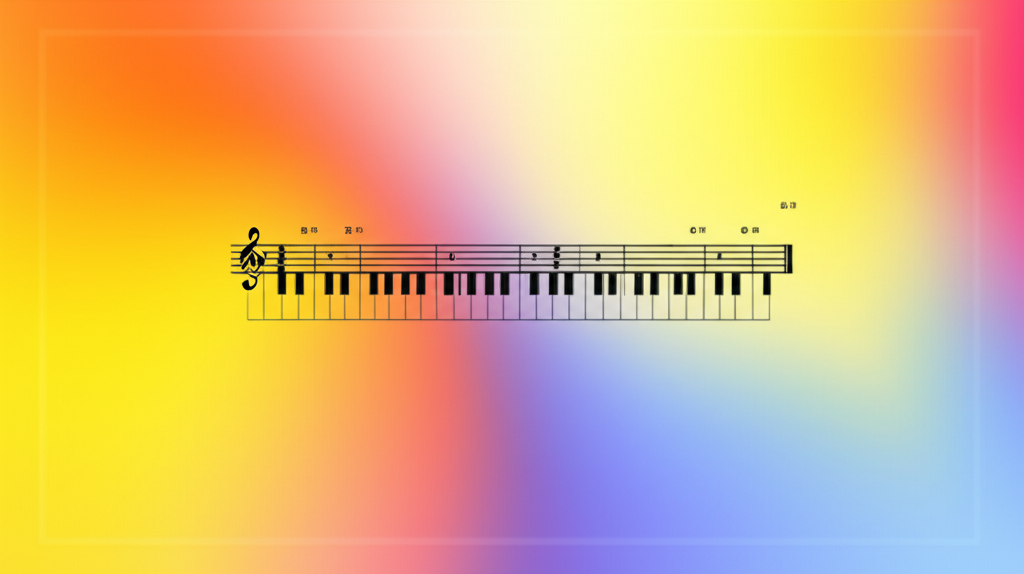Exploring the Mixolydian Mode: A Comprehensive Guide
What is the Mixolydian Mode?
The Mixolydian mode is one of the seven musical modes derived from the major scale. It is often described as a major scale with a flattened seventh (♭7), giving it a unique blend of major and dominant qualities. This mode is widely used in various genres, including rock, jazz, blues, and folk music.
Historical Context and Musical Significance
The Mixolydian mode has roots in ancient Greek music theory and was later adopted by medieval church music. It gained prominence in the 20th century with the rise of blues and rock music, where its dominant sound became a staple for guitarists and composers.
Technical Construction
Interval Pattern
The Mixolydian mode is built using the following interval pattern: W-W-H-W-W-H-W (Whole, Whole, Half, Whole, Whole, Half, Whole). Starting from the fifth degree of the major scale, it can be notated as 1 2 3 4 5 6 ♭7.
Example in G Mixolydian
G Mixolydian scale: G A B C D E F. Notice the flattened seventh (F) compared to the G major scale (F#).
Practical Applications
Common Chord Progressions
- I-IV-v (G-C-Dm in G Mixolydian)
- I-♭VII-IV (G-F-C in G Mixolydian)
Genre Examples
The Mixolydian mode is prevalent in:
- Rock: "Sweet Child O' Mine" by Guns N' Roses (intro riff)
- Jazz: Modal jazz compositions by Miles Davis
- Blues: Dominant 7th chord progressions
Progressive Exercises
Beginner
Play the G Mixolydian scale ascending and descending on your instrument.
Intermediate
Improvise over a G7 chord using the G Mixolydian scale.
Advanced
Compose a short piece using the Mixolydian mode, incorporating chord progressions and melodic lines.
Common Usage in Music
The Mixolydian mode is favored for its bright yet slightly bluesy sound. It is often used over dominant 7th chords and in modal interchange to add color to major key compositions.
